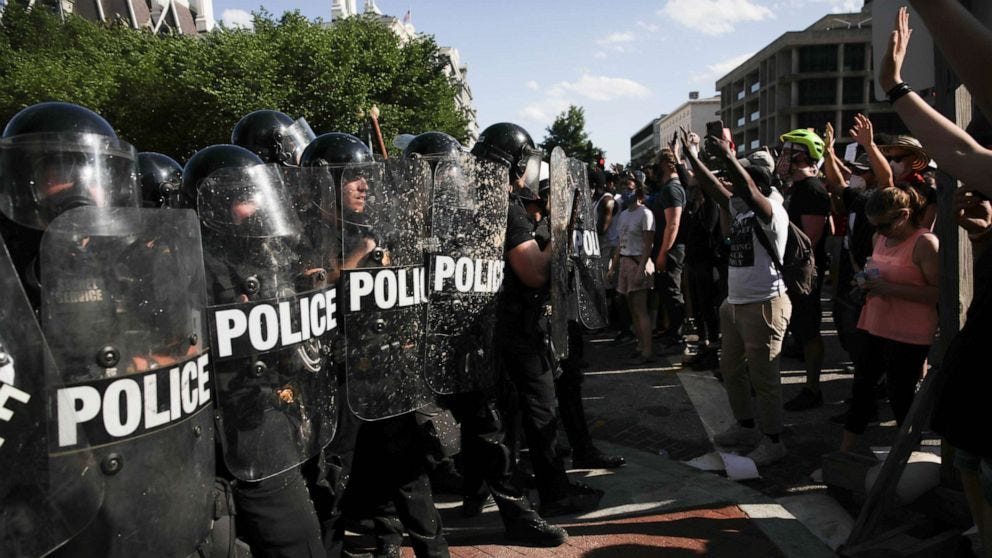Try That In a Music Video
One of the more recent discords in society has been the debate over Jason Aldean’s song, Try That in a Small Town. Let’s skip past the pedantic issue of liberal versus conservative narrative for a moment and focus on two interesting and unrelated lessons of crisis communications that this song highlights: communities and imagery.
Whether he realized it, or not, Aldean was loosely applying a sociological construct that a German author, Ferdinand Tönnies coined, called Gemeinschaft and Gesellschaft. Tönnies makes a distinction between the Gemeinschaft (communal society) and the Gesellschaft (associational society). Gemeinschafts, or small towns, are regulated by traditional social roles, natural emotions, and expressions of sentiment. The Gesellschaft, or cosmopolitan societies, in contrast, are governed by bureaucracies and industrial societies that are less personal and – one could certainly argue – weaken the traditional bonds of family and kinship.
Aldean would likely not get any complaints from either liberals or conservatives that there is much to be said about the differences in culture between small towns and mass society. Tönnies beat him to the punch on that point, but Aldean’s comparison in that regard is not what contributed to a crisis here. And let me interrupt myself to point out that this meets a criterion or two for crisis since it has resulted in some negative impact to his reputation, his ability to air his music on some country platforms, and the growing divide in society. However, what does contribute to the crisis is Aldean’s misperception that all small towns are the same. They clearly are not. The values and emotions of towns like Hereford, Texas and Sumiton, Alabama are vastly different than those of Williston VT and El Cerrito, California, as a few examples. What goes over well in one of those former towns will not be acceptable in the latter ones and vice versa.
Maybe what Aldean meant to say was [don’t] try that in my small town. If that is the case, he is already alienating other small towns, not just big cities and society. For that matter, what does he even mean by “that?” Certainly, he lists a few examples, the sucker punch on a sidewalk, the carjacking of an old lady, pulling a gun in a liquor store, cussing out a cop, and stomping on and lighting up a flag. Is that the list? Does he mean to say that a) those five things collectively define that? and b) those are the five things you can’t do in a/his small town? Or does he generally mean that = violence? No. Rodeos can be violent. Playing chicken with two pick-up trucks on a country road can be violent. Does he mean that = illegal? Bootlegging is illegal. Lynching is illegal. He could have used hundreds of examples in his song. His choices must mean something. And here’s where they say, let’s go to the video.
I would suggest an exercise. In either order, read the lyrics and watch the video with the sound turned off. There is a pretty clear disconnect. It would be a great experiment to have a hundred people watch the video first without sound and be asked to say what the song is about. Unfortunately, I read the text first. Still, I was confused when I saw the video. I felt the country boy bravado in the lyrics. But I felt sick when I watched the video. It was dark. But it was also confusing. There was a split-second image of a woman being hijacked. Way to fast and blurred to determine if she was old and whether she was at a red light. There were two quick images in a liquor store. And one swift image of a flag burning.
The song is about three minutes long. The vast majority of the video is showing protests, both violent and peaceful. Is that what that is? Is Aldean trying to tell us - to not try to protest in his town? The word protest never appears in his lyrics. So why does it consume so much of the video? I do not know Aldean’s intent, but it does demonstrate the power of video and imagery. It also shows that platitudes and pictures can tell a different story. When the song was first playing on the radio, we heard very little discontent. But as the music video made the rounds, the complaints grew. That alone is evidence enough that they elicited different emotions.
I am neither outraged nor interested in this music video. The conservative versus liberal tug of war here is blatantly self-evident, indulgent, and blasé. I don’t know Jason Aldean’s intent here and it really does not matter to me. But the juxtaposition of communities and the juxtaposition of imagery and words are powerful examples of factors that every crisis communicator should consider.
###





